How Weather Affects Your Brakes (What You Can Do About It)
By Damien Warner, Owner of Keys Road Auto Service
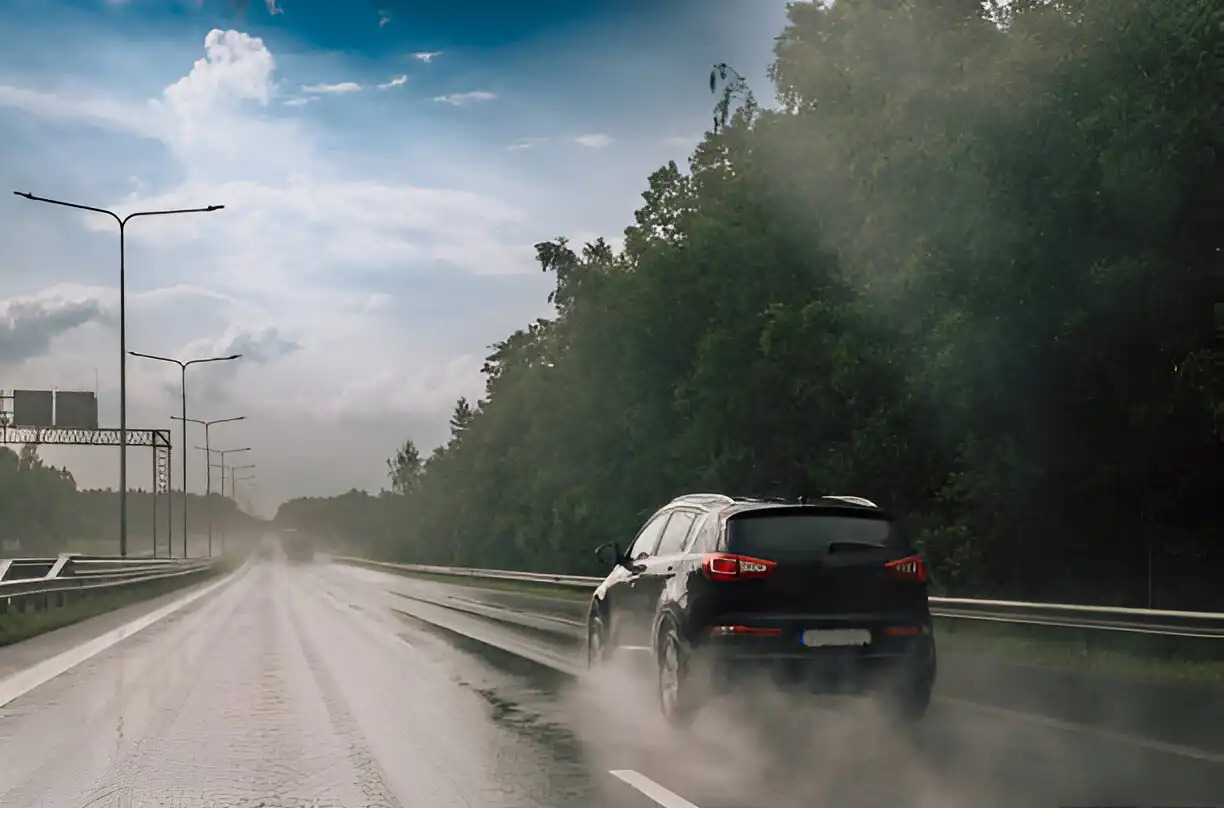
Whether it’s Melbourne’s rainy autumns, scorching summers, or the salty coastal air near the Mornington Peninsula, the climate has a direct impact on your vehicle’s braking performance. Understanding how weather affects your brakes can help you drive more safely and avoid costly repairs.
Rainy Conditions: Longer Stopping Distances & Reduced Grip
Melbourne is no stranger to rain, and wet weather can significantly affect how your brakes perform. When roads are wet, your tyres have less traction, which means it takes longer to stop. According to Queensland Government data, stopping distances double in wet conditions. For example, at 60 km/h, a car needs around 54 metres to stop on a wet road compared to 45 metres on a dry surface.
What You Can Do:
- Increase your following distance to at least four seconds behind the car in front.
- Brake gently to avoid skidding and hydroplaning.
- Check your tyres regularly—worn tyres further reduce grip on wet roads.
Car Stopping Distance
Speed: 50 km/h
Reaction Distance: 0 meters
Braking Distance: 0 meters
Total Stopping Distance: 0 meters
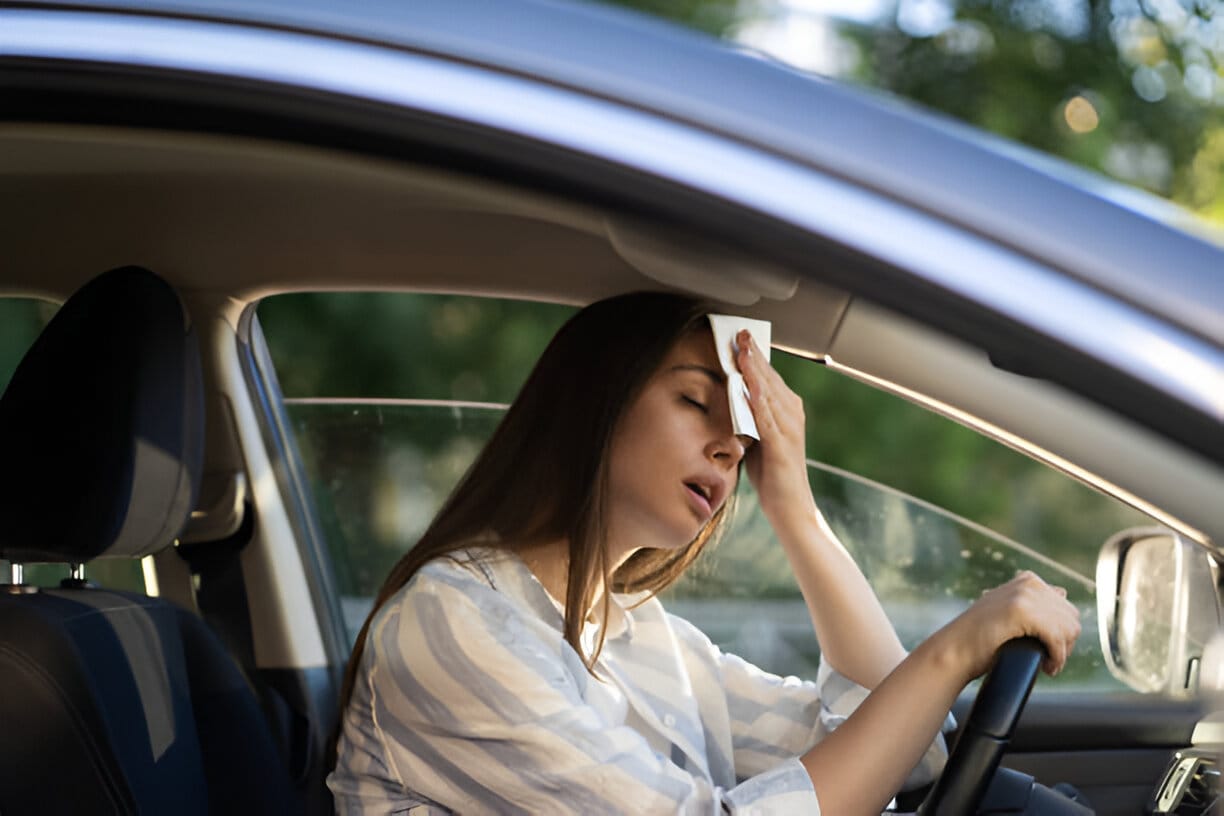
Extreme Heat: Brake Fade & Fluid Overheating
What You Can Do:
- Use engine braking on long descents to reduce stress on the brake system.
- Check your brake fluid levels regularly and consider using high-performance fluid in extreme heat.
- Watch for warning signs, such as a spongy brake pedal or a burning smell after heavy braking.
Cold & Wet Winters: Moisture Buildup & Corrosion
What You Can Do:
- Apply the brakes gently a few times at the start of your drive to clear moisture buildup.
- Store your car undercover whenever possible to minimise exposure to moisture.
- Get your brakes inspected if you notice persistent squeaking, grinding, or reduced performance.
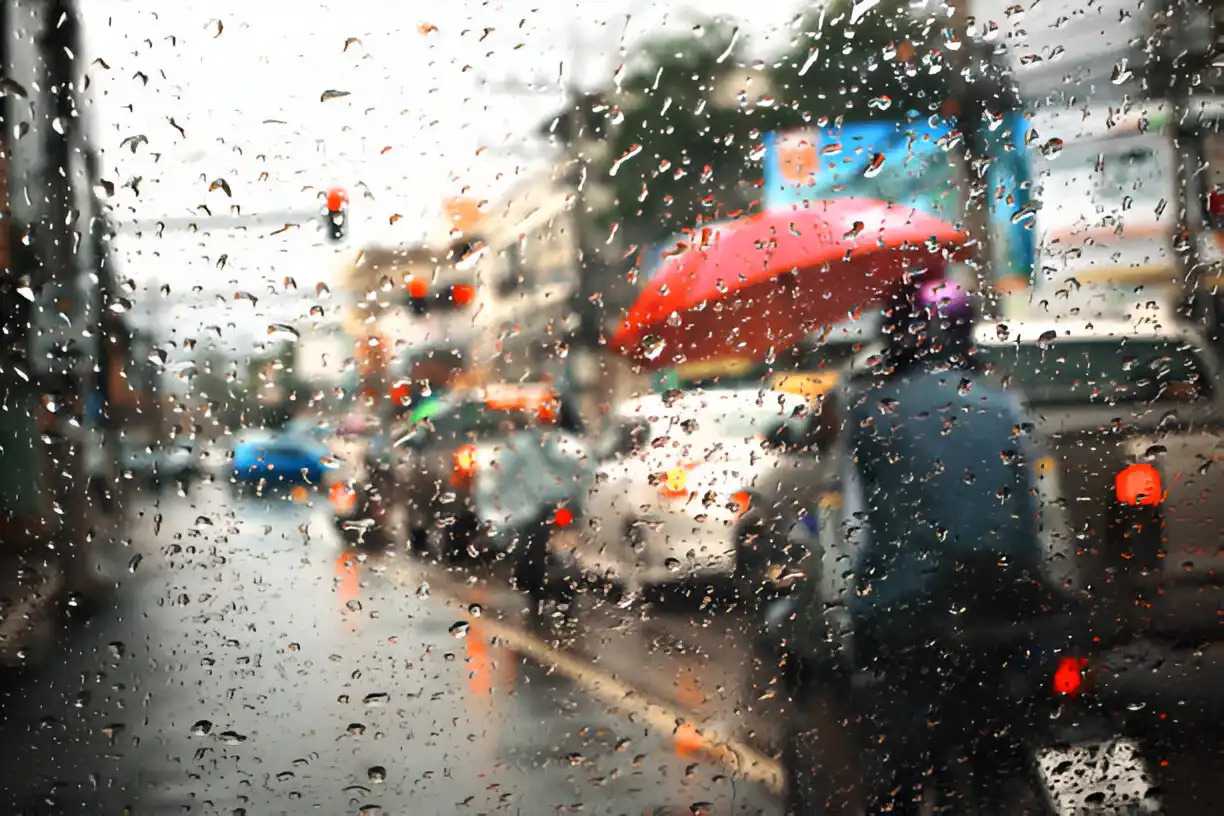
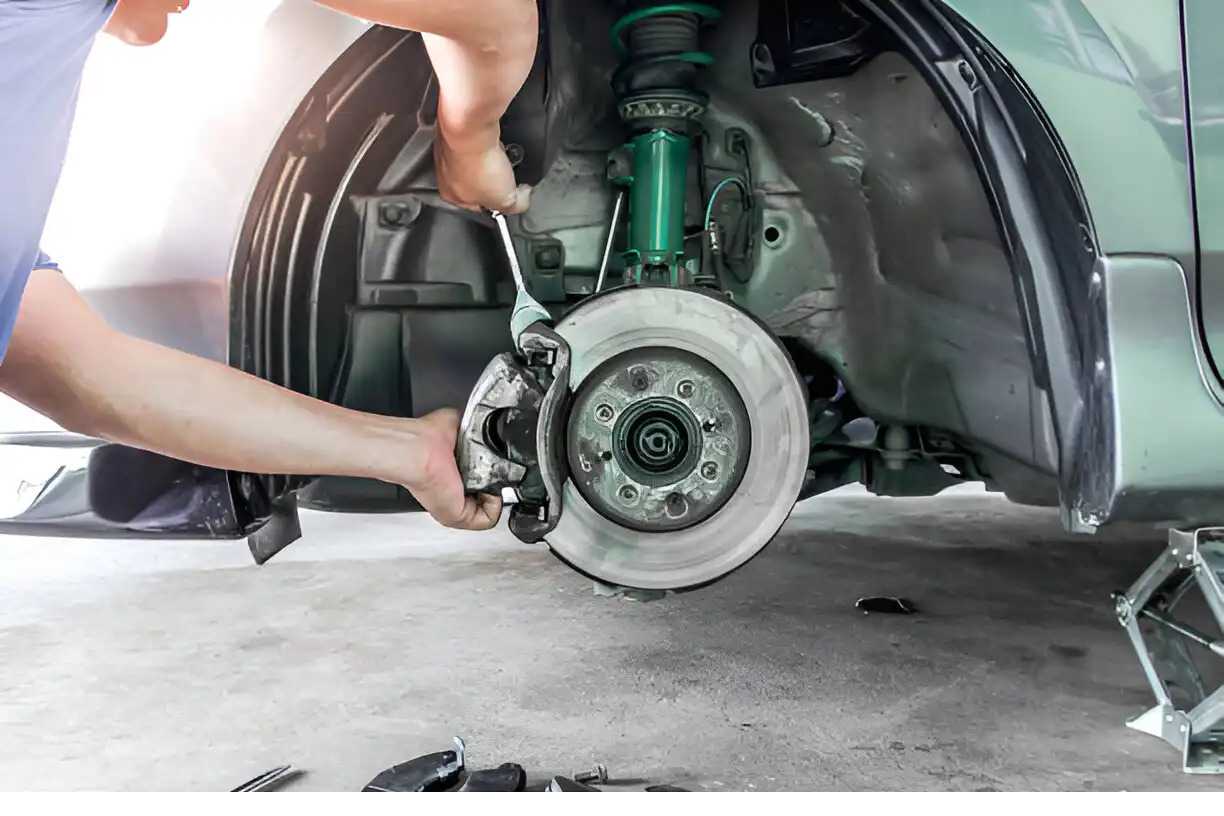
Coastal Air & Salt Exposure: Rust & Corrosion Risks
What You Can Do:
- Rinse your car’s undercarriage regularly to remove salt residue.
- After washing your car, drive a short distance and apply the brakes gently to dry off excess moisture.
- Schedule routine brake inspections to catch early signs of rust before they become a serious issue.
Best Braking Habits for Different Weather Conditions
Driving in the Rain
- Reduce speed and apply brakes gradually to avoid hydroplaning.
- Avoid puddles where possible—water can get into your brake system and cause temporary performance issues.
Braking in Extreme Heat
- Anticipate stops early and use engine braking when possible.
- If your brakes feel less responsive, pull over and let them cool down before continuing.
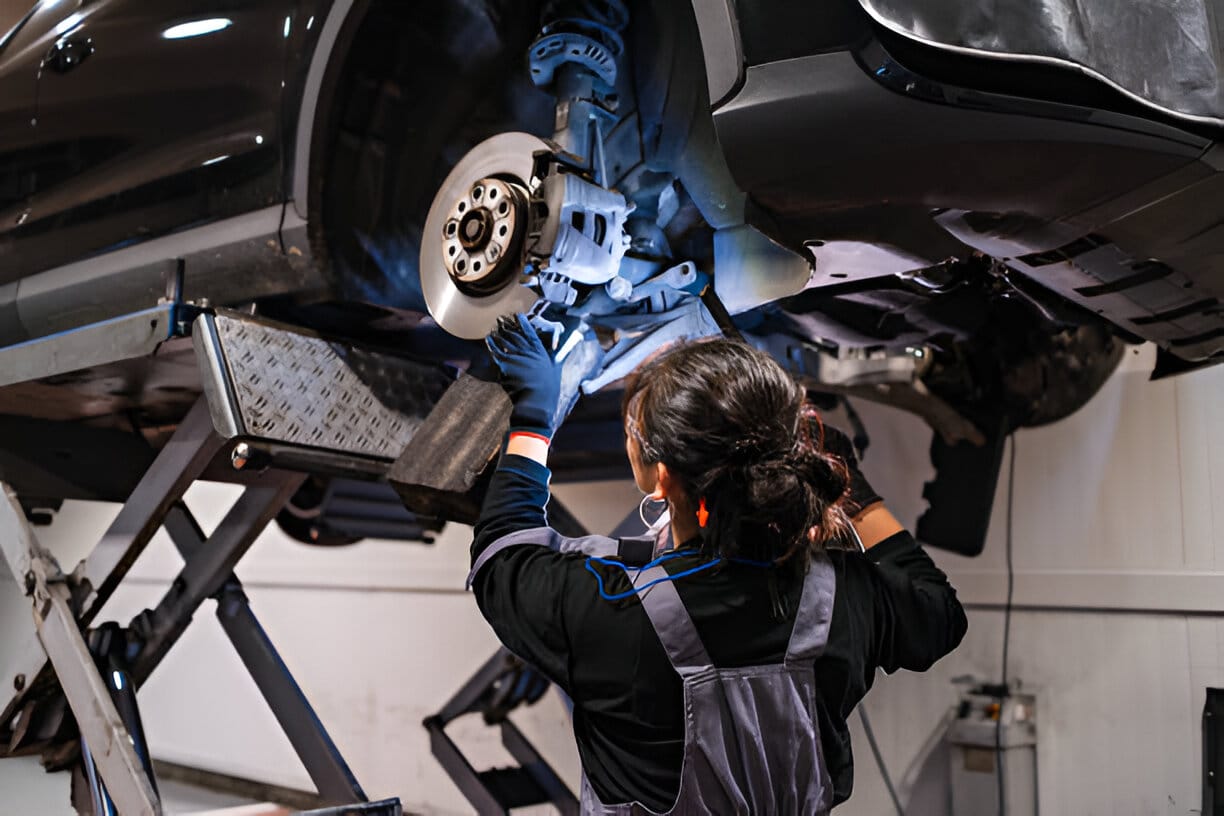

Cold & Wet Weather Precautions
- Warm up your brakes by lightly applying them at low speeds.
- Be mindful of black ice, especially in the early morning and late evening.
Coastal Driving Considerations
- If you drive near the ocean, have your brakes checked more frequently for signs of corrosion.
- After a beach trip, hose down your undercarriage to prevent salt buildup.
Keeping Your Brakes in Peak Condition
Regardless of the weather, regular maintenance is key to keeping your brakes working at their best.
At Keys Road Auto Service, we’ve seen firsthand how Melbourne’s unpredictable weather affects brakes. With over 30 years of experience servicing local vehicles, we recommend routine inspections, especially before extreme seasonal changes. We can also provide brake repairs and replacements for Melbourne drivers.
Whether it’s a routine check-up or urgent repairs, our expert mechanics ensure your brakes are ready to handle rain, heat, cold, and coastal conditions year-round.


Need Your Brakes Checked?
If you’ve noticed your brakes responding differently in certain weather conditions, don’t ignore the warning signs. Book an inspection with Keys Road Auto Service today and drive with confidence, no matter what Melbourne’s unpredictable weather throws at you.
Frequently Asked Questions about Braking in Different Weather Conditions
How does rain affect my car's stopping distance?
Rain reduces tyre grip, causing longer stopping distances. According to Queensland Government data, stopping distances double in wet conditions, making it essential to increase your following distance and brake gently.
| Speed (km/h) | Dry Road Stopping Distance (m) | Wet Road Stopping Distance (m) |
| 40 | 26 | 30 |
| 50 | 35 | 41 |
| 60 | 45 | 54 |
| 70 | 56 | 69 |
| 80 | 69 | 85 |
| 90 | 83 | 103 |
| 100 | 98 | 122 |
| 110 | 113 | 143 |
Source: Queensland Government https://www.qld.gov.au/transport/safety/road-safety/driving-safely/stopping-distances/graph
As shown above, stopping distances increase significantly in wet conditions. To stay safe, reduce speed and allow extra space between you and the vehicle ahead. Rain reduces tyre grip, causing longer stopping distances. According to Queensland Government data, stopping distances double in wet conditions, making it essential to increase your following distance and brake gently.
What are the signs that my brakes are overheating?
Can cold weather damage my brakes?
Cold weather can cause moisture buildup on brake discs, leading to rust and squeaking. Gentle braking at the start of your drive can help clear moisture and improve performance.
How often should I check my brakes?
Why is coastal air bad for my brakes?
Further Reading on the affect of weather on braking
- Transport Accident Commission (Victoria): Safe Driving Tips
- Queensland Government Data on Stopping Distances: Stopping Distances
- NSW Government: Safe Stopping Distance
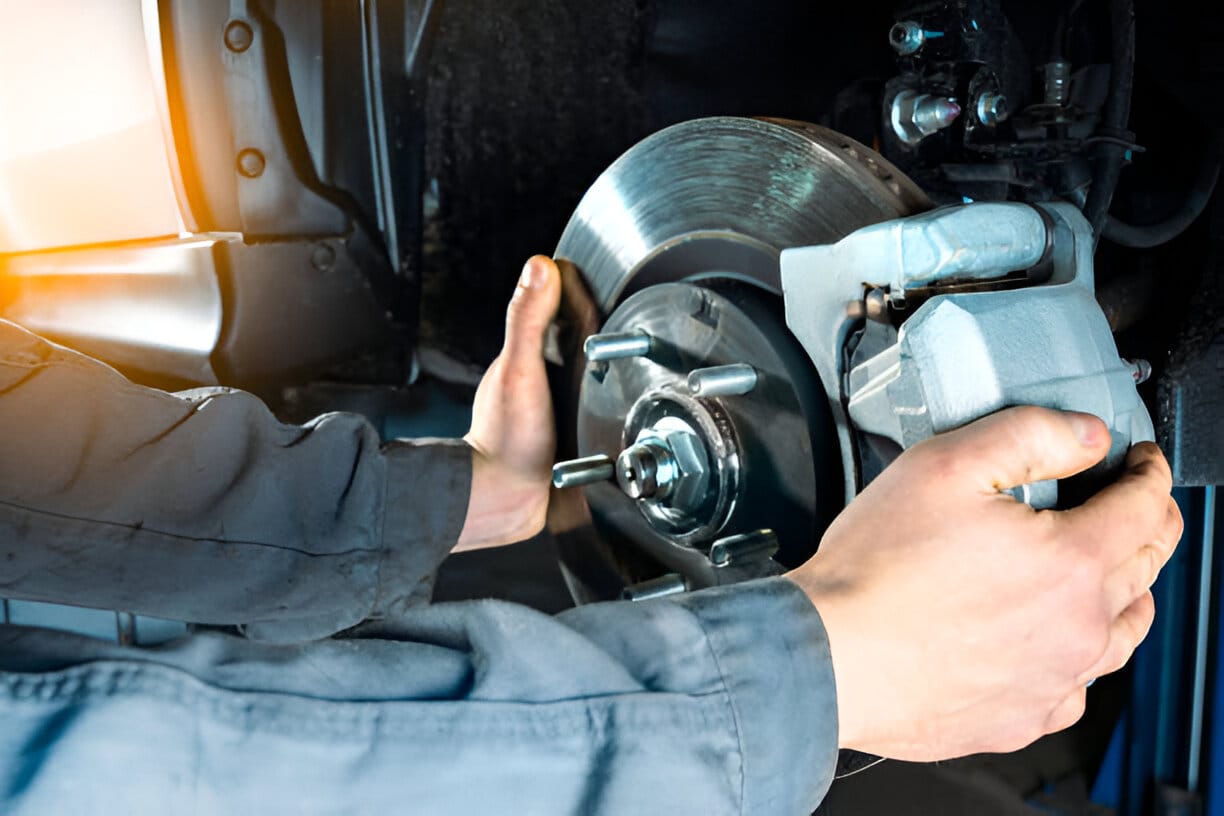
About the Author
Damien Warner is the owner of Keys Road Auto Service, operating mechanical services in Melbourne for over 30 years. Backed by Repco, Keys Road Auto Service are a Repco Authorised Service Centre and are local experts for all your vehicle mechanical servicing needs. Keys Road specialise in providing expert and affordable brake inspections and brake repairs for all makes and models of car.
Contact Keys Road Auto Service today to schedule a brake inspection or service. We’ll keep you stopping safely and save you money in the long run.

